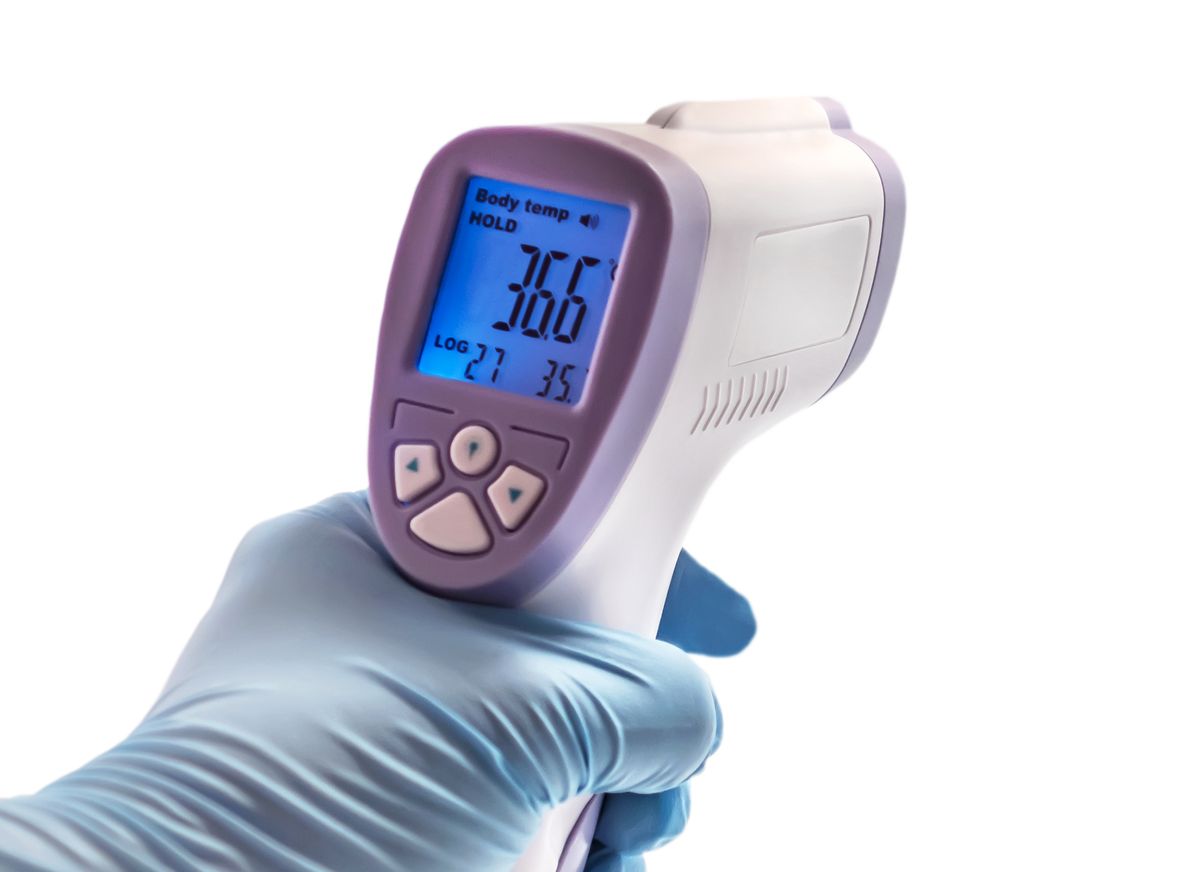Temperature Scanning Does Little to Detect COVID-19: Researchers

Doing just about anything these days requires getting your temperature scanned. But does all that scanning really do anything to slow the spread of COVID-19? A new study says it doesn’t.
Just having people stand in front of a scanner can result in a large number of false negatives, allowing people with COVID-19 to pass through airports and hospitals undetected, the study found.
The study’s authors argue that taking temperature readings of a person’s fingertip and eye would give a significantly better and more reliable reading and help identify those with fever.
The study, co-led by human physiologist and an expert in temperature regulation, Professor Mike Tipton, is published in Experimental Physiology.
“If scanners are not giving an accurate reading, we run the risk of falsely excluding people from places they may want, or need, to go, and we also risk allowing people with the virus to spread the undetected infection they have,” Tipton, of the University of Portsmouth, said in a news release.
Four key factors
The study found four key factors:
- Temperature alone isn’t a good indicator of disease — not all who have the virus have a fever and many who do, develop one only after admission to hospital;
- Measuring skin temperature doesn’t give an accurate estimation of deep body temperature (raised in a fever). A direct measure of deep body temperature is impractical;
- A high temperature, even one taken from deep body, does not necessarily mean a person has Covid-19; and
- Taking two temperature measurements, one of the finger, the other of the eye, is likely to be a better and more reliable indicator of a fever-induced increase in deep body temperature.
“Using a surface temperature scanner to obtain a single surface temperature, usually the forehead, is an unreliable method to detect the fever associated with Covid-19,” Tipton said. “Even if such a single measure did reflect deep body temperature reliably, other things, such as exercise can raise deep body temperature.”
“The pandemic has had a devastating global effect on all aspects of our lives, and unfortunately, it’s unlikely to be the last pandemic we face. It’s critical we develop a method of gauging if an individual has a fever that’s accurate and fast,” he said.
Researchers say a significant proportion (at least 11 %) of those with COVID-19 do not have a fever, and that fewer than half those admitted to hospital with suspected COVID-19 had a fever. Although the majority of positive cases go on to develop a high temperature after being admitted to hospital, they were infectious before their temperature soared.
“We think we can improve the identification of the presence of fever using the same kit but looking at the difference between eye and finger temperature – it’s not perfect, but it is potentially better and more reliable,” Tipton said.
The same scanners can easily be adapted to take these two measurements, he said.
